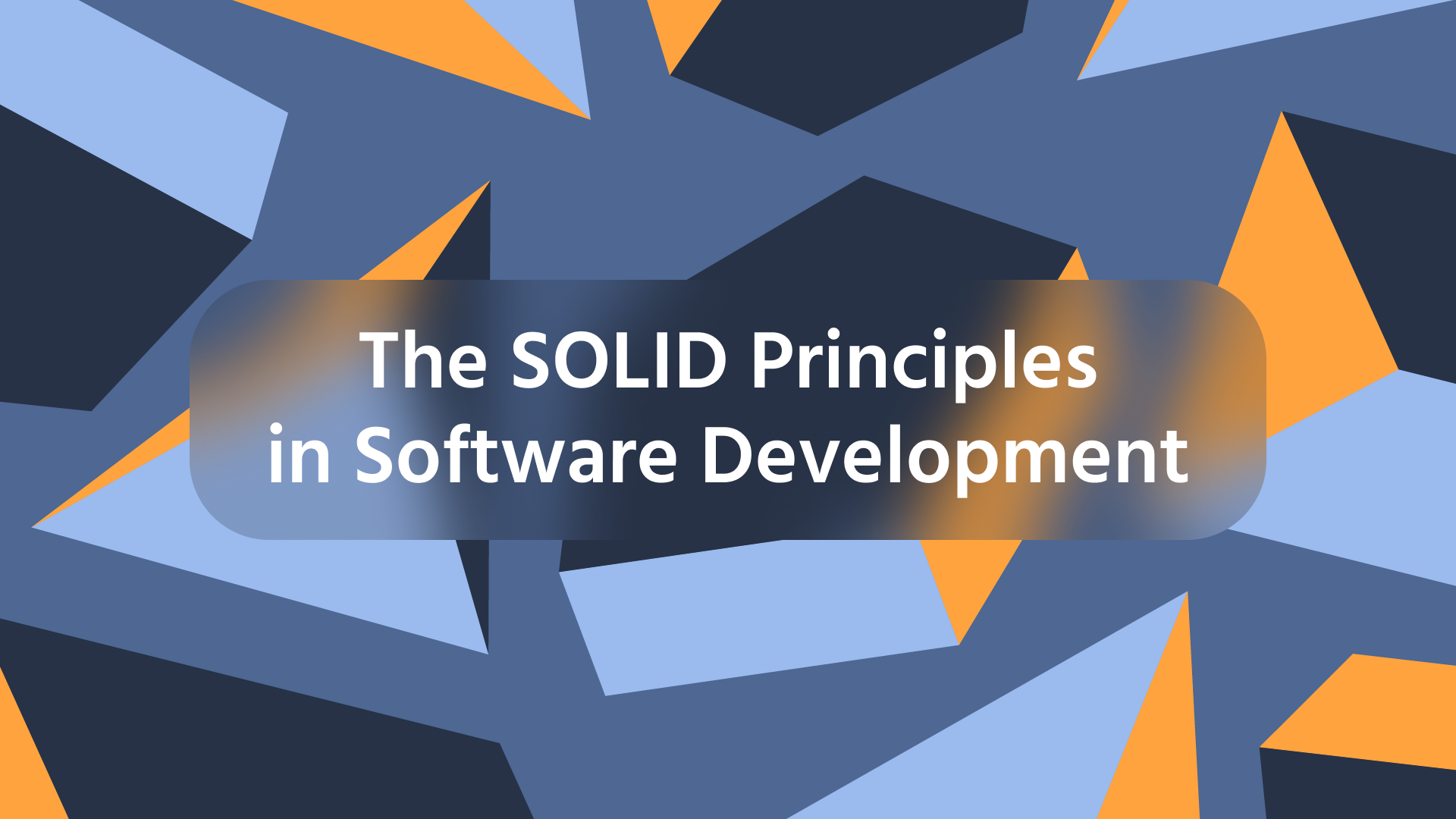Cours connexes
Voir tous les coursObject-Relational Mapping in Python
SQLAlchemy

Object-Relational Mapping (ORM) is a programming concept that allows developers to interact with relational databases using object-oriented objects. In the Python world, one of the most popular libraries for implementing ORM is SQLAlchemy.
Introduction to ORM: Why?
The primary idea behind ORM is to simplify and generalize communication with databases. Instead of manually writing and understanding SQL queries, programmers can work with objects that automatically map to database tables.
from sqlalchemy import create_engine, Column, Integer, String
from sqlalchemy.ext.declarative import declarative_base
Base = declarative_base()
class User(Base):
__tablename__ = 'users'
id = Column(Integer, primary_key=True)
username = Column(String)
email = Column(String)
# Creating a table
engine = create_engine('sqlite:///:memory:')
Base.metadata.create_all(engine)
Key Features of ORM in Python
Abstraction from SQL: ORM allows programmers to avoid writing and understanding SQL queries directly. Instead, they can focus on working with objects and methods.
Code Simplification: Thanks to ORM, the code becomes more readable and understandable. Database queries look like operations on objects, making development and maintenance easier.
Portability: Using ORM makes the code more portable across different database management systems (DBMS). Changes in the database structure reflect at the model level, not at the SQL query level.
Automatic SQL Generation: ORM libraries automatically generate SQL queries based on the used objects and their relationships.
Start Learning Coding today and boost your Career Potential

Conclusion
ORM in Python, especially when using SQLAlchemy, makes working with databases more enjoyable and efficient. By providing abstraction from SQL and offering a flexible interface, ORM contributes to faster development and enhances maintainability convenience.
FAQs
Q: What does ORM mean in the context of Python?
A: ORM (Object-Relational Mapping) in Python is a concept that allows interacting with relational databases using object-oriented objects instead of direct SQL queries.
Q: How does SQLAlchemy simplify database interaction in Python?
A: SQLAlchemy provides a flexible ORM system where data models are defined using Python classes. Developers can create a session object to interact with the database, adding and retrieving data through this session.
Q: What are the advantages of using ORM compared to direct SQL queries?
A: ORM simplifies code, makes it more understandable, and provides abstraction from specific SQL dialects, facilitating portability across different database management systems.
Q: What are the basic steps to use SQLAlchemy for ORM in Python?
A: First, define data models as Python classes using SQLAlchemy. Then, create a session object for database interaction, adding and querying data through this object.
Q: How can SQLAlchemy be used to create tables in a database?
A: Define classes that reflect data models using SQLAlchemy, include necessary fields, and use create_all() to generate tables based on these classes.
Cours connexes
Voir tous les coursThe SOLID Principles in Software Development
The SOLID Principles Overview
by Anastasiia Tsurkan
Backend Developer
Nov, 2023・8 min read

Match-case Operators in Python
Match-case Operators vs if-elif-else statements
by Oleh Lohvyn
Backend Developer
Dec, 2023・6 min read

30 Python Project Ideas for Beginners
Python Project Ideas
by Anastasiia Tsurkan
Backend Developer
Sep, 2024・14 min read

Contenu de cet article